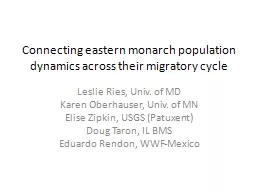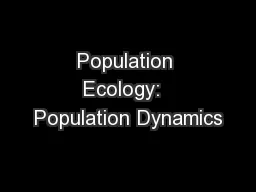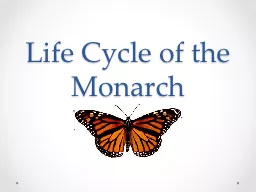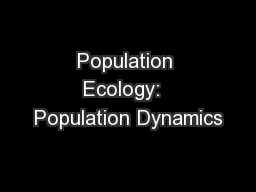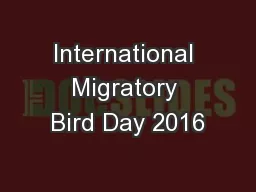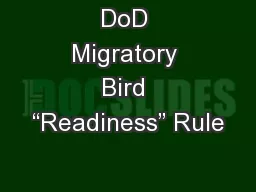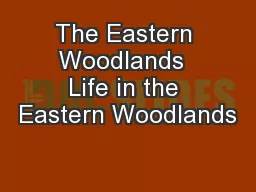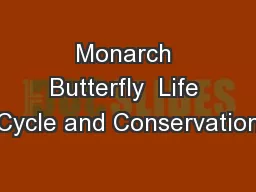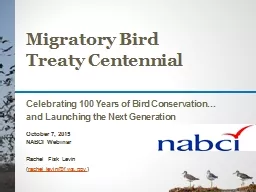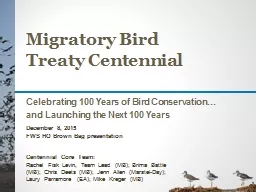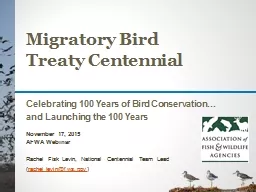PPT-Connecting eastern monarch population dynamics across their migratory cycle
Author : liane-varnes | Published Date : 2019-11-21
Connecting eastern monarch population dynamics across their migratory cycle Leslie Ries Univ of MD Karen Oberhauser Univ of MN Elise Zipkin USGS Patuxent Doug
Presentation Embed Code
Download Presentation
Download Presentation The PPT/PDF document "Connecting eastern monarch population dy..." is the property of its rightful owner. Permission is granted to download and print the materials on this website for personal, non-commercial use only, and to display it on your personal computer provided you do not modify the materials and that you retain all copyright notices contained in the materials. By downloading content from our website, you accept the terms of this agreement.
Connecting eastern monarch population dynamics across their migratory cycle: Transcript
Download Rules Of Document
"Connecting eastern monarch population dynamics across their migratory cycle"The content belongs to its owner. You may download and print it for personal use, without modification, and keep all copyright notices. By downloading, you agree to these terms.
Related Documents

